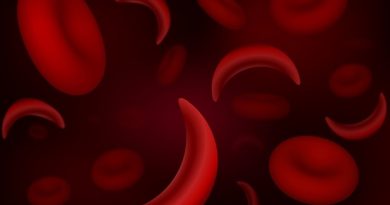Menopause: Three ‘physical clues’ that the menopause process is starting
Rod Stewart says Penny's menopause was a 'fragile situation'
We use your sign-up to provide content in ways you’ve consented to and to improve our understanding of you. This may include adverts from us and 3rd parties based on our understanding. You can unsubscribe at any time. More info
During the peri-menopause your body will provide “helpful physical clues” that the menopause process is starting, said the experts at The North American Menopause Society. Such clues may include hot flushes, vaginal dryness and irregular periods. Hot flushes, otherwise known as vasomotor symptoms, “are the most commonly reported symptom of peri-menopause”, said experts at Harvard Medical School.
What do hot flushes feel like?
Hot flushes feel like a rapid onset of warmth that can last from one to five minutes.
Women may also experience facial and upper body flushing, sweating, chills, and sometimes a feeling of confusion.
The Mayo Clinic hypothesised that hot flushes occur when decreased oestrogen levels cause the body’s thermostat – the hypothalamus – to become more sensitive.
“When the hypothalamus thinks your body is too warm, it starts a chain of events – a hot flash – to cool you down,” the health site explained.

Not all menopausal women will experience hot flushes, but certain factors increase the likelihood of such a symptom.
These factors include smoking and obesity, which both increase the likelihood and frequency of hot flushes.
As for vaginal dryness, otherwise known as vulvovaginal atrophy, The North American Menopause Society explained why this symptom can occur in peri-menopausal women.
“Less oestrogen may cause the tissues of the vulva and the lining of the vagina to become thinner, drier, and less elastic or flexible,” the organisation noted.

Moreover, vaginal secretions reduce leading to dryness, and the vagina also becomes less acidic due to depleting oestrogen levels.
Meanwhile, in the lead up to the menopause, menstrual periods may begin to become irregular.
The Mayo Clinic explained: “As ovulation becomes more unpredictable, the length of time between periods may be longer or shorter, your flow may be light to heavy, and you may skip some periods.
“If you have a persistent change of seven days or more in the length of your menstrual cycle, you may be in early peri-menopause.
“If you have a space of 60 days or more between periods, you’re likely in late peri-menopause.”
It takes 12 consecutive months without a period before you have reached the menopause.
When 12 months have gone by without a menstrual period, you have officially completed the peri-menopausal transition.
How long this transitionary period takes is unique to each individual woman, ranging from months to years.

Another peri-menopausal symptom can include mood changes, such as irritability and a heightened risk of depression.
The peri-menopause may also lead to bladder issues, bone loss, and changing cholesterol levels.
If you are suffering from menopausal symptoms and you would like some support, speak to your GP.
Alternatively, you can seek more information from the informative website Menopause and Me.
Source: Read Full Article



